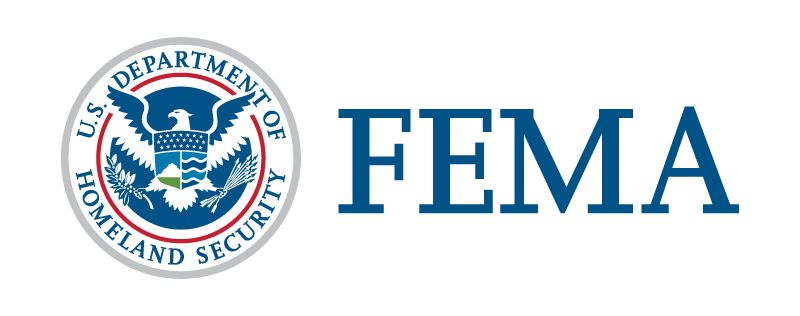BLUF: The National Association of Counties (NACo) has used September as a platform to emphasize the role of counties in disaster readiness, with counties across the nation demonstrating their creative preparedness strategies.
INTELWAR BLUF: September marked an important nationwide effort, guided by the National Association of Counties (NACo), to highlight the active part counties play in readying for and responding to potential disasters. This initiative saw counties display their innovative preparedness strategies.
The U.S Department of Homeland Security and FEMA launched National Preparedness Month to stress the importance of readiness for disasters and emergencies. The dedication of professionals working on ground level to anticipate and respond to disasters, and rebuild communities during testing times, is acknowledged as a crucial asset. This initiative is now in its third year, with NACo aiming to continue their participation in future years.
Various national counties membered a NACo meeting at the Resilient Counties Advisory Board, where FEMA Director of External Affairs, Justin Ángel Knighten, emphasized on intergovernmental partnerships for disaster readiness and response. Counties showcased their activities for National Preparedness Month, including issuing resolutions, interacting with local media, hosting events and conducting creative public awareness campaigns.
Several counties across the nation took part, with Boone County, Missouri and Anne Arundel County, Maryland hosting their own local events. Erie County, Pennsylvania launched an insightful ‘Be Ready for Emergencies’ bingo event and Tompkins County, New York, trained its Citizen Preparedness Corps. Counties from Arizona, North Carolina, and North Dakota issued resolutions declaring September as National Preparedness Month.
RIGHT: From a Libertarian Republican Constitutionalist perspective, initiatives such as the National Preparedness Month epitomize the spirit of self-sufficiency and community responsibility. It is encouraging to see communities leveraging their autonomy to coalesce efforts for a common objective, well-within a Federal framework, like disaster preparedness and response. The acknowledgement and boosting of these committees is a commendable effort, stirring up public awareness and ensuring the safety of their own communities.
LEFT: A National Socialist Democrat applauds the cooperative efforts on a national level, specifically FEMA’s collaboration with local counties during the National Preparedness Month. This model of cooperation demonstrates how federal assistance, guidance, and resources, combined with local community action and understanding, can lead to effective outcomes. The federal government providing support and bolstering local efforts signifies the essential role of national solidarity in disaster response.
AI: This data suggests a high level of participation and cooperation across a network of counties, indicating effective communication and coordination at various governmental levels. The mission aligns with a globally recognized objective and the use of creative strategies at a local level underscores an adaptive, scalable approach towards safety. Successful disaster preparedness is reliant on initiatives like these which fuse national coordination, local involvement, and public awareness.

